When I was in middle school, the coolest place to shop was Abercrombie & Fitch. I loved going in and picking out my favorite jeans and hoodies. The issue was that my mom — who I depended on to drive me to the mall — couldn’t stand going into the store. Why? Long story short, she referred to her experiences at the Abercrombie store as “sensory overload”.
Now, I don’t know if you’ve been in an Abercrombie & Fitch store before, but it’s quite dark due to their dim lighting. They also spray their identifiable and unique perfumes and colognes everywhere — on, above, below, and around all of their clothing. Lastly, they play really loud music.
As a 14-year-old, none of this bothered me. In fact, all of these factors — which are actually examples of Abercrombie’s sensory branding at work — made me feel more mature, older, and (most definitely) cooler than I was. The mood lighting, smell, and the music made me — a member of their target audience — want to become and remain a loyal Abercrombie customer.
Not only that, but, if I closed my eyes and walked into one of their stores, I’d immediately know I was at Abercrombie based on the smell and music alone. Or if I was unable to hear, I’d know I was in an Abercrombie store due to the dim lighting and the smell of the cologne and perfume floating around. The feeling I had as a customer was one I thoroughly enjoyed and sought out.
So, whether or not you agree with my view or my mom’s view of the store, it’s clear that Abercrombie & Fitch’s sensory branding efforts were effective and successful among their target audience.
Sensory branding has the potential to improve customer loyalty, strengthen brand advocacy, and make for a memorable experience for customers that keeps them coming back. It can help build a sense of trust and familiarity between customers and your brand as well as offer a feeling of comfort as they complete a transaction.
The Future of Retail: Sensory Branding
Sensory branding is a powerful tactic for businesses because it elicits a variety of meaningful and memorable responses from individuals. It plays a large role in your ability to become a brand that your consumers can’t forget — one that your customers and promoters recognize based on a sensory response they experience when they come in contact with your branding.
When your business incorporates sensory branding, your marketing efforts are bound to be more powerful and will be more likely to resonate on a deep level with the members of your target audience. (Did you know that studies have shown people can remember a scent with 65% accuracy after one year?)
How Sensory Branding Works
Sensory branding, via any of the five senses, often takes place at the beginning or middle of the buyer’s journey (similar to the Abercrombie & Fitch example above). However, it has become more common for businesses to create sensory branding experiences at the end of transactions, too.
Whether it’s a noise, vibration, or visual that customers experience at the end of a transaction, this type of sensory branding can provide a sense of comfort for the consumer and make them feel more confident in their purchase. For example, Visa created a sensory experience that happens when a customer’s transaction is finalized (which we’ll explain in more detail momentarily).
Next, to help you gain a better understanding of the ways you can successfully implement sensory branding in your marketing efforts, let’s look at five examples of businesses that did so successfully.
1. Sensory Branding by Visa
As mentioned above, Visa has started incorporating a sensory branding experience at the end of their users’ transactions. That’s because they’ve found that sound plays a part in how consumers make purchases.
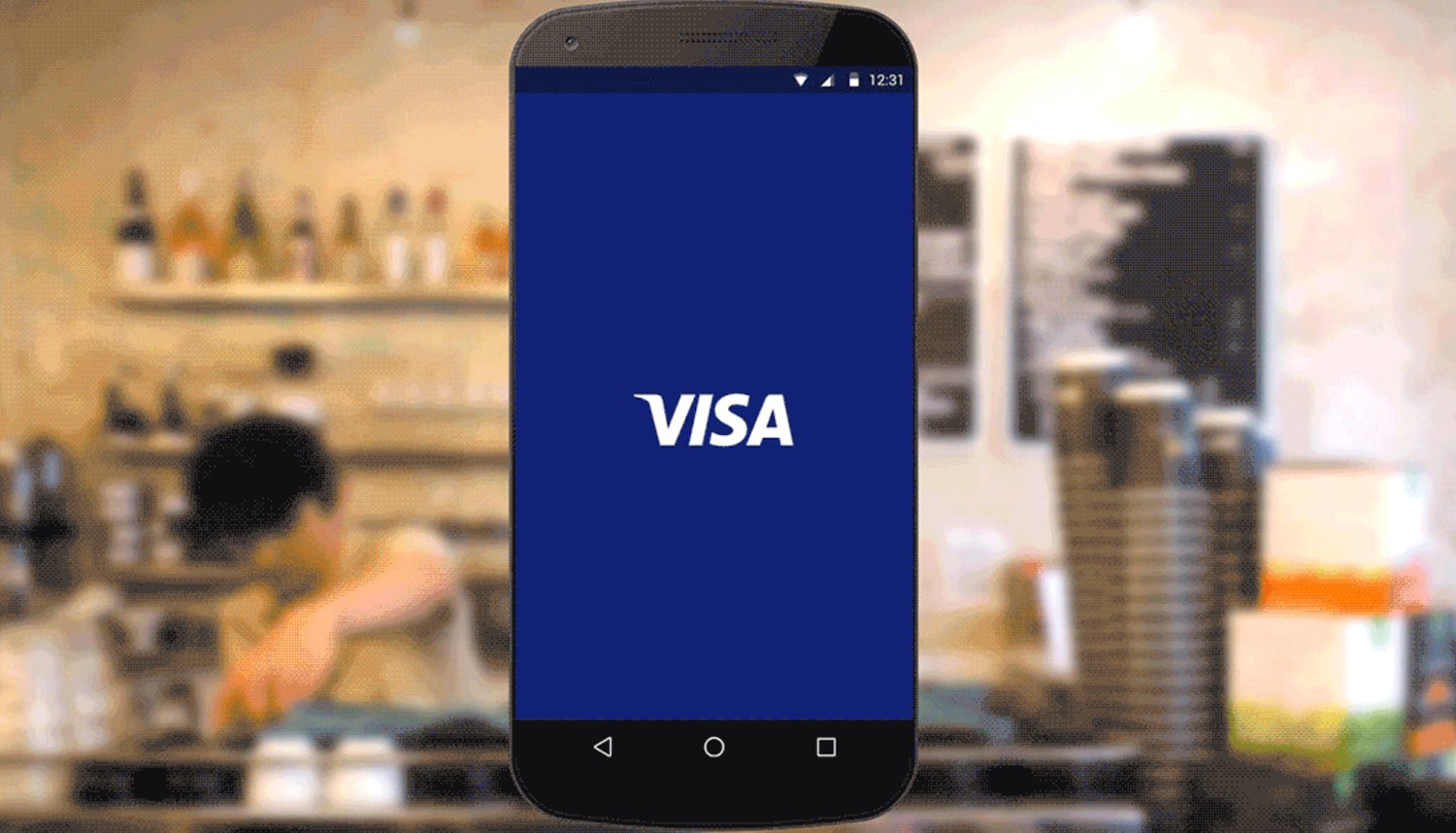
Once a Visa cardholder uses their card and their transaction is officially complete, consumers hear a unique sound — one the company worked long and hard to perfect. When customers hear this sound, they know their purchase was finalized successfully and securely. This type of sensory branding provides comfort and consistency for Visa cardholders. The Visa Checkout sound fosters a feeling of trust and safety that consumers associate with the brand.
2. Sensory Branding by Singapore Airlines
Singapore Airlines’ branding targets multiple senses — specifically, scent and sight. The airline has a one-of-a-kind, refreshing, and subtle scent (rose, lavender, and citrus) worn by all flight attendants that’s also sprayed onto their towels and throughout other elements throughout services. This specific smell is one you’ll only experience while flying with the airline.
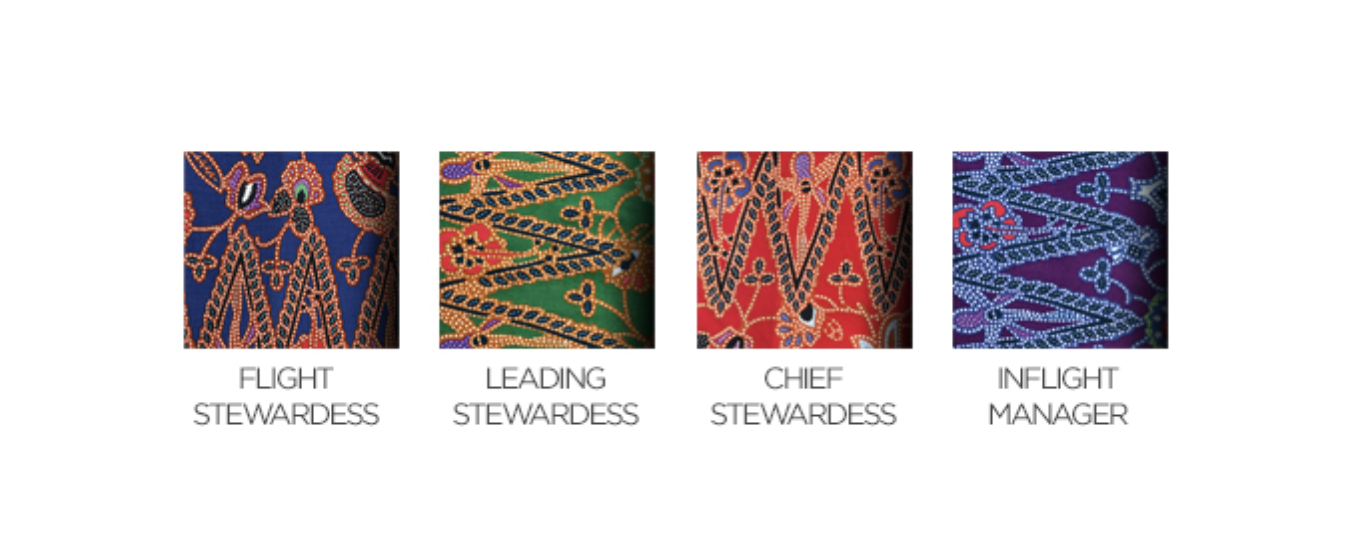
Additionally, the airline requires all flight attendants to wear “The Singapore Girl” uniform, in the color and pattern that matches their earned designation. These sensory branding examples are uniquely Singapore Airlines and add a professional, high-end, and consistent experience for the flyers who make up their target audience.
3. Sensory Branding by Apple
Apple taps into numerous senses at once with their branding. Their stores, for example, are all white, minimalist, and clean — this gives customers the feeling of a modern, sleek, and high-end tech company. Their packaging provides the same feeling through a similar look. In addition to sight and touch, Apple targets its customers through sound.
For example, when one of the hundreds of millions of iPhone users go to lock their iPhones, the devices all make the same, identifiable, and memorable noise.
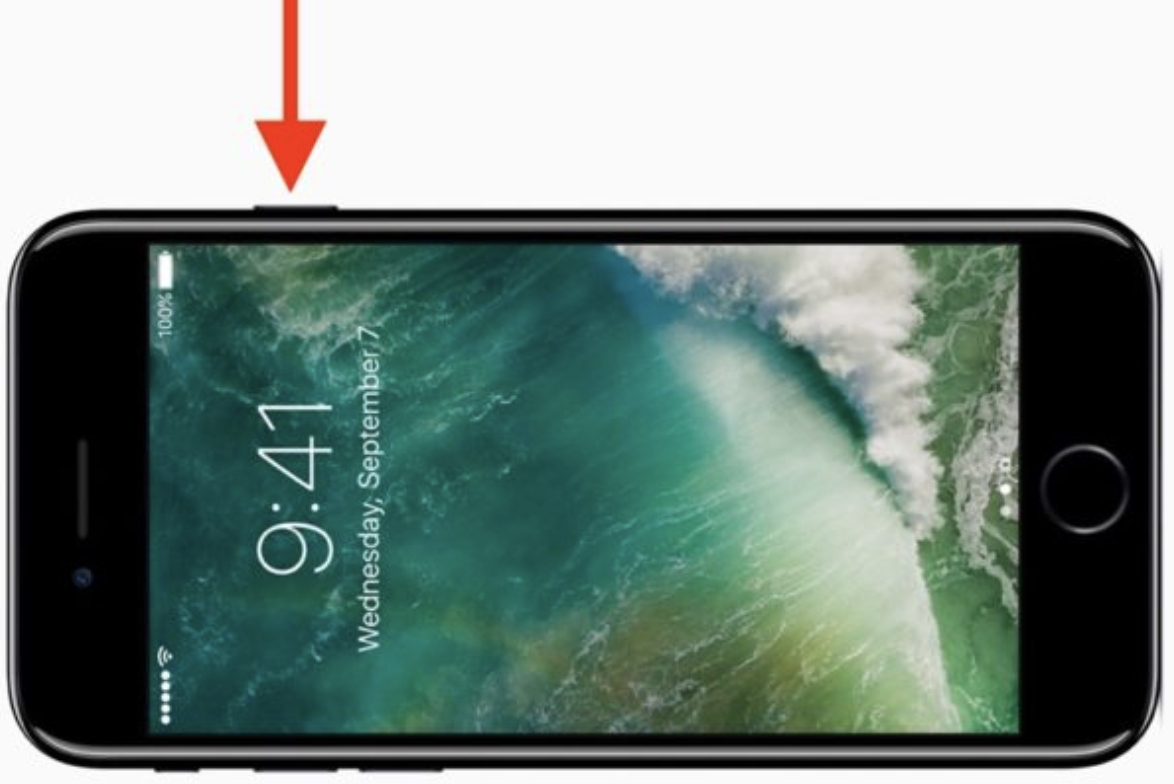
The lock noise sounds a bit like something is latching or clicking together, which contributes to users feeling as though they’re closing their phone securely. This sound is universal among all iPhones which provides a sense of consistency and familiarity.
4. Sensory Branding by Starbucks
The smell of fresh coffee in all Starbucks stores is known to be strong — that’s because every store is required to grind their unique coffee beans. This allows for the coffee aroma to float around the store and hit customers the moment they walk through the door.
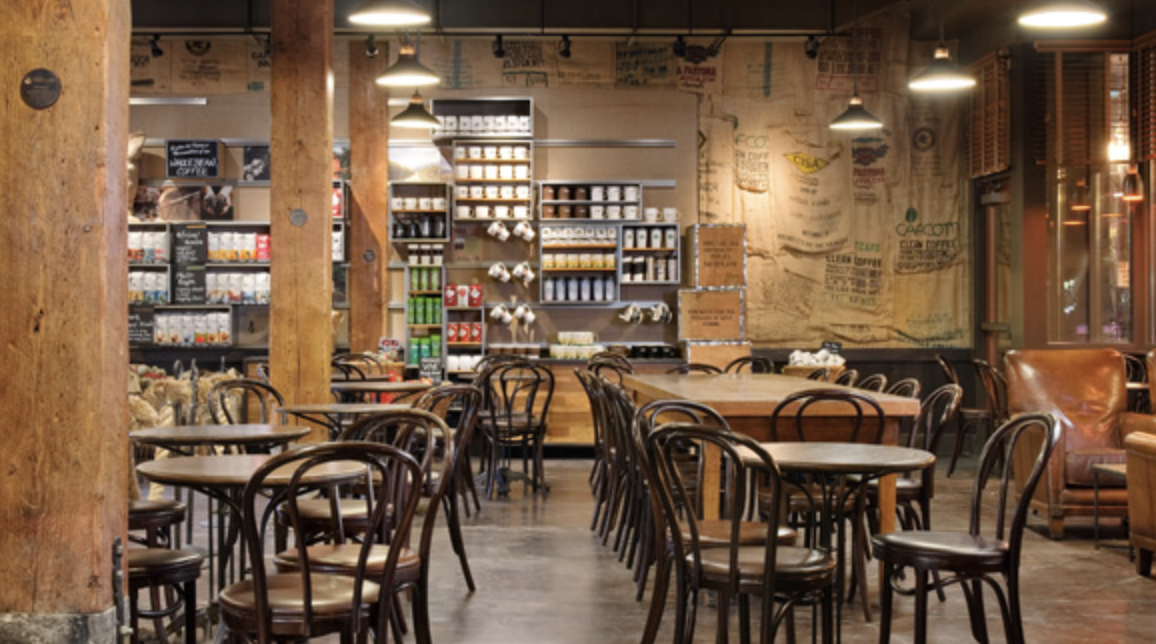
Starbucks ensures the aroma is potent in its stores so that it elicits a sensory reaction from customers. The company does this even though it has been found that it’d be more cost-effective to grind and package the beans, and then send them to individual stores.
This would also allow the baristas more time to focus on other tasks. However, Starbucks knows its stores would no longer have the same aroma if they made this change. Instead, they go for the memorable, soothing, and consistent aroma their coffee beans provide for customers in stores across the globe to help boost customer loyalty and improve sales.
5. Sensory Branding by Mastercard
Mastercard is using sensory branding to create a new identity for consumers using their credit cards — the “sonic identity”, to be exact. Consumers hear the sonic sound when they complete a transaction. the sound is meant to symbolize the intersection of the red and yellow circles in Mastercard’s logo.
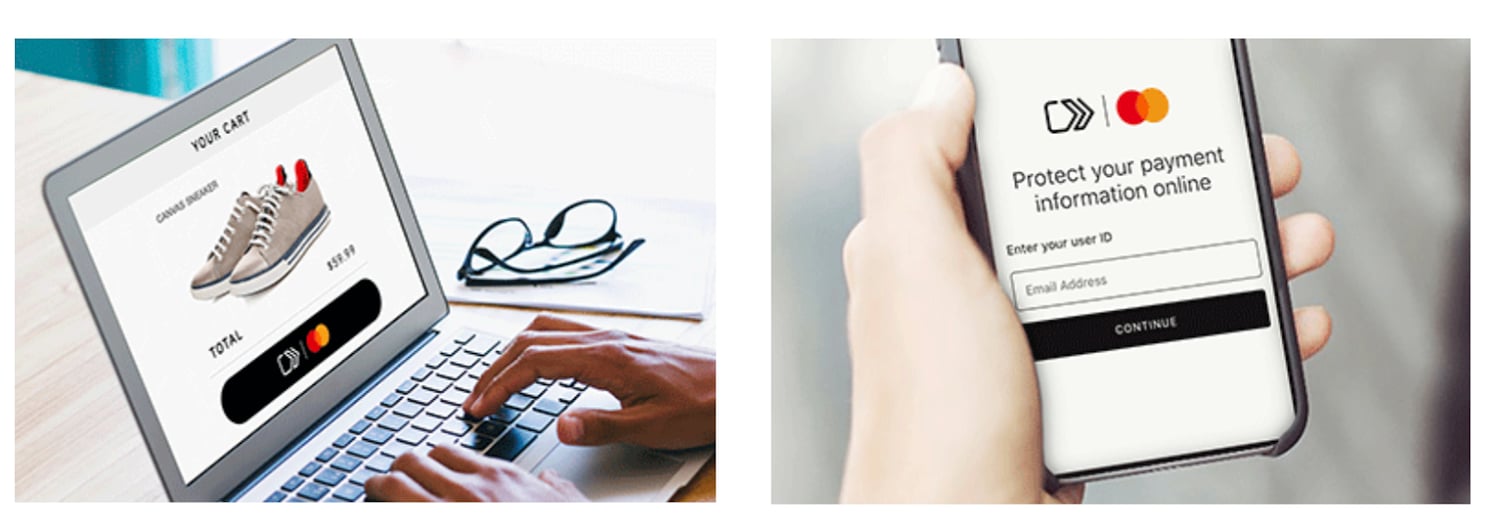
The sonic sound is a form of sensory branding that consumers hear while shopping with their Mastercards online, in stores, and while using voice search. The noise provides a sense of security and consistency — consumers know their transactions were successful due to the familiar sound. Additionally, although the sonic sound isn’t actually made by the circles in the Mastercard logo intersecting, it still provides an imaginary visual experience for customers, too.
Start Using Sensory Branding
Sensory branding has the ability to help you reach your target audience and customers in a way that no other form of marketing can. It has the power to help you boost loyalty and advocacy as well as increase revenue. So, look to the examples we reviewed for inspiration, and begin working on your sensory branding experience.
![]()
Original Entry: 5 Examples of Sensory Branding in Retail is shared from https://blog.hubspot.com/marketing/sensory-branding via https://blog.hubspot.com/marketing
Check out the original post, 5 Examples of Sensory Branding in Retail that is shared from https://putyourfamilyfirst.wordpress.com/2020/01/13/5-examples-of-sensory-branding-in-retail/ via https://putyourfamilyfirst.wordpress.com
No comments:
Post a Comment